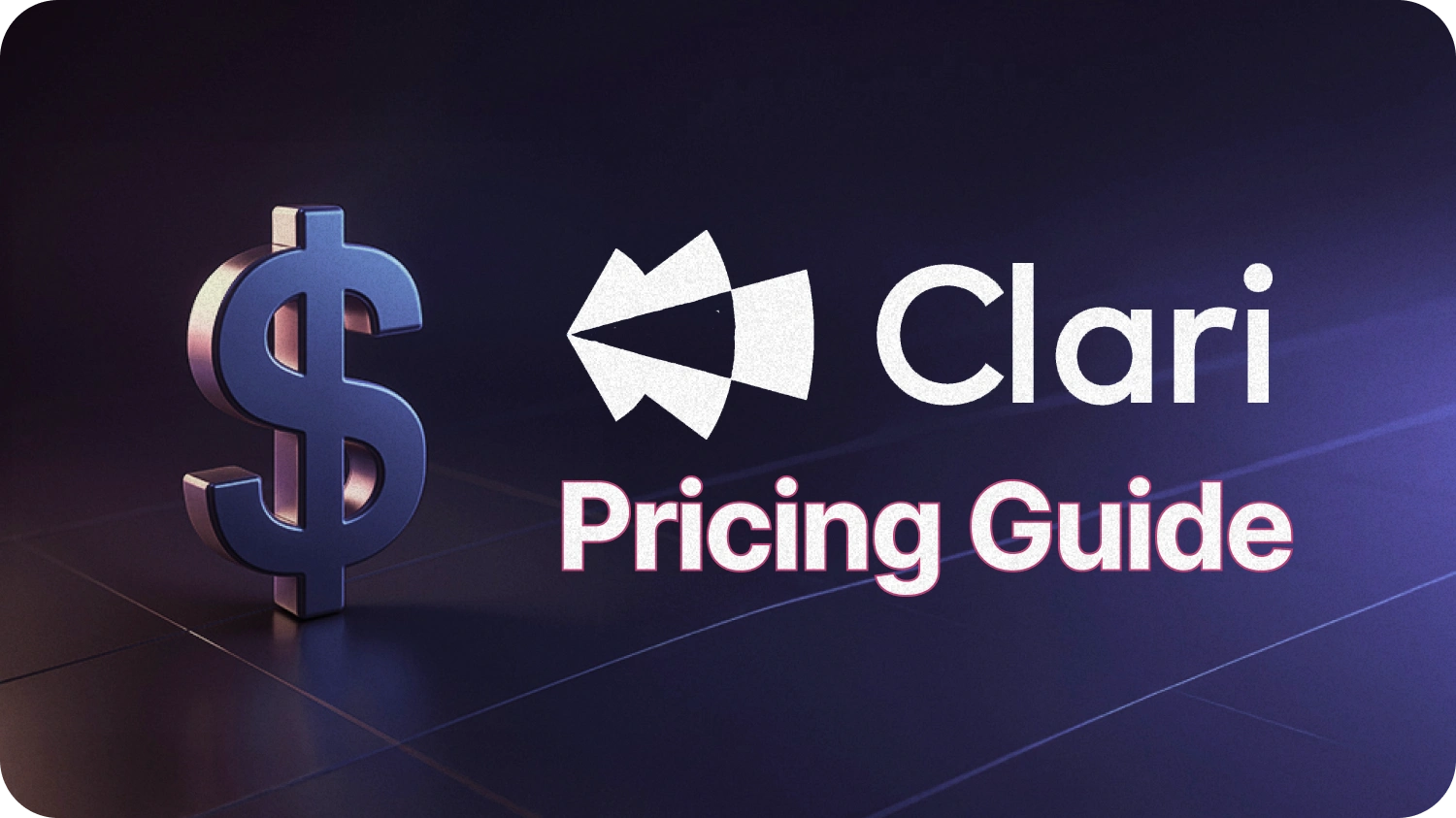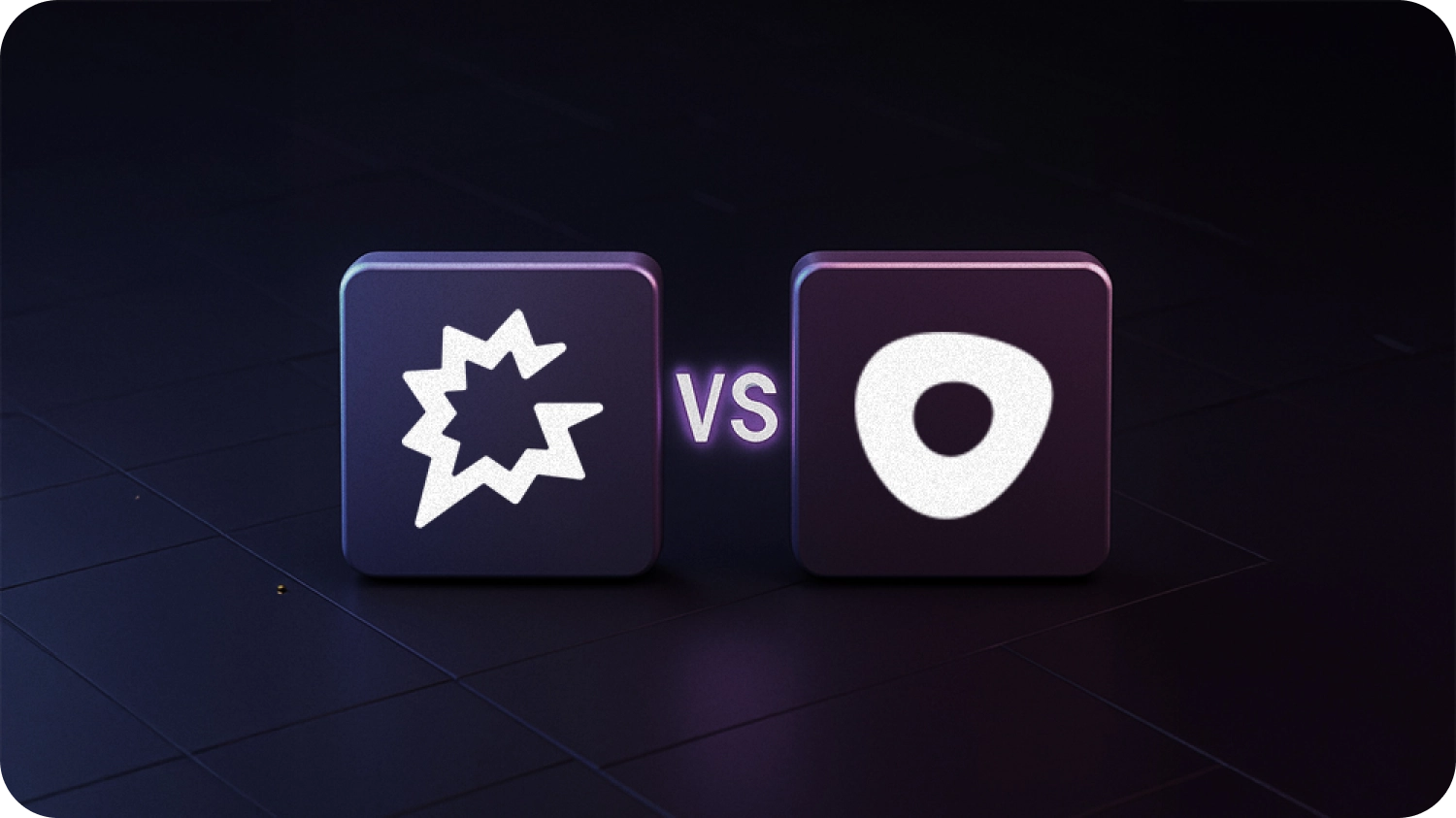Any business plan needs sales forecasting to predict, demand and manage resources. Accurate sales forecasting helps companies improve customer satisfaction, revenue, and decision-making.
According to research conducted by the Aberdeen Group, companies that conduct accurate sales forecasting are 7.3% more effective at meeting their quota and accelerating their year-over-year revenue growth by 10%.
In this blog, we try to cover some of the most popular sales forecasting methods, including historical sales data analysis, qualitative and quantitative methods, pipeline analysis, sales funnel analysis, predictive analytics, territory planning, lead scoring, and market analysis.
Effective sales forecasting techniques
1. Historical Sales Data Analysis
Analysis of Historical Sales Data is one such method that uses past sales data to identify patterns and trends that can be used to predict future sales. This method uses statistical analysis to determine sales data trends, such as seasonality or sales cycles, to forecast future sales.
To do this analysis, businesses collect sales data from past periods, including revenue, volume, product or service, and location. Data is organized into a spreadsheet or specialized software for easy analysis. Businesses then detect sales data trends, including seasonality, consumer behavior, and marketing initiatives. Businesses can use these trends to estimate sales and make sales strategy decisions.
By analyzing historical sales data, businesses can forecast future demand for their products and services and make informed decisions regarding inventory levels, pricing strategies, and marketing initiatives.
In addition, this method can assist sales managers in identifying trends and patterns that can inform future sales strategies. For instance, if a business observes that sales of a particular product tend to increase during a specific season or around a specific event, it can plan to increase its production or marketing efforts during these periods to capitalize on the trend.
2. Qualitative Techniques
Qualitative Techniques are efficient for collecting subjective data and gaining insight into consumer attitudes, perceptions, and market trends. By analyzing this data, businesses can develop sales strategies better aligned with market demands and trends and adjust these strategies as needed. Collecting and analyzing qualitative data ensures sales strategies incorporate the most recent insights and trends.
Experts in the field or market researchers collect data through interviews, surveys, or focus groups to gain insight into the potential challenges and opportunities in the market that may affect future sales. These insights can include consumer preferences, competitor strategies, market trends, economic conditions, and technological advancements, among other factors.
Utilizing qualitative methods can assist sales managers in incorporating the insights and perspectives of their sales team, customers, and other stakeholders into the forecasting process.
Qualitative methods can assist businesses in identifying potential market challenges, such as new competitors, changes in consumer behavior, and alterations in industry regulations. They are a valuable instrument that businesses can use to forecast sales by gathering insights and perspectives from experts, customers, and other stakeholders.
3. Quantitative Techniques
Techniques for sales forecasting are necessary for businesses to predict future sales and make informed decisions regarding sales strategies. Utilizing mathematical models and statistical analysis to forecast sales based on objective data such as historical sales data and market trends are quantitative techniques.
In this method, companies acquire and analyze objective data, such as historical sales and market trends, to forecast future sales. Quantitative sales forecasting uses numerical data and statistical models to anticipate sales success. Quantitative data is collected, cleaned, and organized; quantitative models like time series, regression, and correlation analysis are applied, sales projections are developed, and forecasts are monitored and adjusted.
Quantitative techniques aid businesses in forecasting the sales of new products or services they intend to introduce. By analyzing historical sales data for comparable products or services, businesses can identify patterns and trends that can assist in predicting the potential success of the new product.
By leveraging statistical models and mathematical analysis, businesses can identify trends and patterns that can assist them in making informed decisions about their sales strategies, adjusting their production and marketing efforts accordingly, and forecasting the sales of new products and services.
4. Pipeline Analysis
This method involves analyzing the sales pipeline to identify potential transactions and revenue streams to predict future sales. Pipeline analysis is a sales forecasting technique that predicts future sales performance by analyzing the sales pipeline. The process entails collecting pipeline data such as the number of leads in each stage, the average time spent in each stage, and conversion rates.
The data is then analyzed to determine sales performance forecasts and constraints. Pipeline analysis can also assist businesses in identifying areas for sales process improvement and in perpetually monitoring and adjusting the pipeline. Businesses analyze their sales pipeline by monitoring deals through each stage of the sales process, from lead generation to closing.
Additionally, pipeline analysis can assist sales managers in identifying potential sales process constraints and adjusting their sales strategies accordingly. For example, if deals significantly decline at a specific stage of the sales process, sales managers can investigate and resolve the underlying issues causing the bottleneck. By addressing these issues, businesses can improve their sales process and increase the number of transactions that advance through the pipeline, increasing sales.
Also, pipeline analysis can assist businesses in forecasting sales for specific periods, such as the upcoming quarter or year. Businesses can estimate their potential revenue for a particular period by monitoring deals in the sales pipeline and forecasting the likelihood of closing each deal.
5. Sales Funnel Analysis
Sales funnel analysis assists businesses in optimizing their sales process for more accurate sales forecasting. Businesses utilize sales funnel analysis to optimize sales by understanding the customer journey. It entails gathering sales funnel data, analyzing it for patterns and trends, and identifying bottlenecks and improvement opportunities. Businesses can optimize the sales funnel by changing messaging, adding incentives, or streamlining the sales process.
Market changes require constant sales funnel strategy, monitoring and adjustment. Awareness, interest, choice, and action comprise the sales funnel. Each stage of the sales process, from initial lead generation to closing the transaction, is represented by the sales funnel, with each stage representing a crucial step in the process. By tracking leads through each sales funnel stage, businesses can identify areas where leads may get stuck or drop out, allowing them to modify their sales strategies to increase the conversion rate.
Additionally, sales funnel analysis can assist businesses in forecasting sales for specific periods, such as the upcoming quarter or year. By monitoring leads through each stage of the sales funnel and analyzing the conversion rates at each stage, businesses can estimate their potential revenue for a given period. This information can inform resource allocation and assist businesses in making informed sales strategy decisions.
6. Predictive Analytics
Predictive analytics uses statistical algorithms, machine learning models, and data mining to forecast future events and trends. The process involves collecting and processing relevant data, evaluating it to detect patterns and relationships, constructing predictive models, validating them for accuracy, and deploying them for business operations.
Predictive analytics may help companies make data-driven decisions to improve operations and gain a competitive edge. By analyzing vast quantities of data and identifying patterns and trends, businesses can make more informed decisions regarding their sales strategies and improve the accuracy of their forecasts.
Identifying prospective sales opportunities is one of the chief advantages of predictive analytics. By analyzing data from various sources, such as customer interactions, market trends, and historical sales data, businesses can determine which potential consumers are most likely to make a purchase. This can aid sales managers in allocating resources and prioritizing leads to increase conversion rates and sales.
In addition to identifying prospective sales opportunities, predictive analytics can forecast the likelihood of closing particular deals. Businesses can develop a predictive model that estimates the likelihood of closing specific transactions by analyzing previous sales data, such as customer demographics, product preferences, and sales cycle duration. This can assist sales managers in concentrating their efforts on the most prospective opportunities, enhancing their overall sales performance.
7. Territory Planning
Territory planning is a technique for sales forecasting that involves partitioning sales territories and allocating resources to maximize revenue potential and predict future sales. Territory planning is dividing a geographic area into smaller territories and allocating sales resources to each territory to optimize resource allocation, maximize sales productivity, and increase revenue. The process involves analyzing the market, defining territories, allocating resources, establishing goals and metrics, and regularly evaluating and adjusting the plan to ensure maximum sales productivity.
The success of territory planning is contingent on factors such as the precision of market analysis, the efficacy of resource allocation, and the capacity to adapt to shifting sales performance and market conditions.
Identifying potential revenue streams is one of the primary benefits of territory planning. Businesses can identify growth and expansion opportunities in particular territories by analyzing consumer demographics and market trends. This information can assist sales managers in allocating resources more efficiently and prioritizing territories with the highest revenue potential.
Businesses can increase their conversion rates and revenue potential by developing territory-specific sales strategies. This may involve identifying the most effective marketing channels for each territory, customizing product offerings to suit customers' specific needs, and identifying the most effective sales strategies. This can help businesses allocate their resources more efficiently and prioritize regions with the most significant potential for revenue growth.
8. Lead Scoring
Lead scoring is a sales forecasting technique to prioritize prospects based on their potential to become customers. Lead scoring is a method used by businesses to rank and prioritize prospects according to their propensity to become customers. This involves identifying important criteria, designating scores or values to each criterion, demographic data, previous interactions with the company, and their purchasing propensity, determining the weighting of each criterion, calculating the lead score, and ranking leads according to their score.
The higher the score, the greater the likelihood that a lead will become a customer, enabling sales teams to concentrate their efforts on the most prospective leads and increase their chances of success. By focusing their resources on the leads with the highest conversion potential, businesses can increase the efficacy and effectiveness of their sales and marketing efforts through lead scoring.
Sales teams can perform lead assessment manually using their discretion, or it can be automated using machine learning algorithms. Automated lead scoring can be more accurate and efficient because it can account for more variables and modify the scores based on real-time feedback.
Lead scoring can also assist sales managers in identifying trends in the behavior of leads, allowing them to modify their sales strategies accordingly. For instance, if leads with a particular behavior or demographic tend to convert more, sales teams can prioritize them to improve their forecasts' accuracy.
12. Market Analysis
Market Analysis is a technique used to forecast future sales and identify new business opportunities by analyzing the market. In this method, sales managers analyze market trends, competitors, and other external factors affecting sales. Market analysis collects data to obtain insights about a particular market, industry, or segment.
It entails defining the market, collecting data from various sources such as sales data from previous years, demographic data, consumer behavior patterns, and competitor data, analyzing the data to identify trends and insights, identifying opportunities and threats, and making suggestions to enhance business performance. By conducting market analysis, businesses can increase their competitive advantage by gaining a deeper understanding of their target market.
Market analysis is essential for comprehensively comprehending the market in which a business operates. By analyzing market trends and consumer behavior, sales managers can more accurately predict future sales and recognize new business opportunities. This method can also help businesses remain competitive by identifying market shifts or emerging trends before widespread adoption.
Conclusion
In conclusion, sales forecasting is crucial for any company seeking to succeed in a competitive market. Sales managers can make informed decisions regarding resource allocation, strategies, and overall business planning using various sales forecasting techniques. Whether through historical data analysis, predictive analytics, or market analysis, each method provides businesses with valuable insights that can help them maximize their revenue potential and better meet the requirements of their target market.
To remain competitive and adapt to market changes, sales managers must routinely review and adjust their forecasting strategies based on the most recent data and market trends. Sales forecasting is a complex, dynamic process that requires a combination of art and science. Sales managers can gain a competitive advantage and propel business success by incorporating various techniques and refining their approach.


.svg)

.webp)








